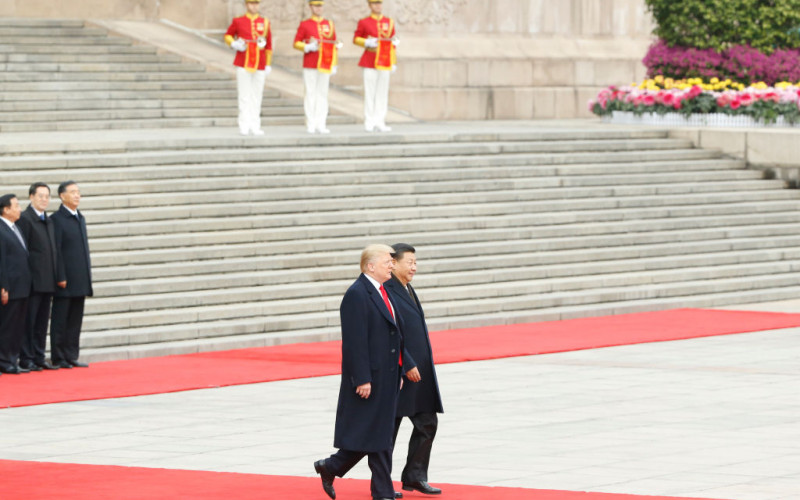Western multinational corporations, particularly American based Cargill, Zambian Dunavant, and the British Great Lakes Cotton Company in Malawi, once dominated the cotton market. As a new player in the arena, CAC has business models and a management style that differ from those of previous foreign investors in the region. In addition to detailed and in-depth analysis of CAC’s unique qualities, the study also uses Cargill’s operations in Zambia as a comparison. The comparative analysis is done through qualitative measures to illustrate the different mechanisms used for technology transfer between Chinese and Western firms. CAC’s business model is not yet fixed, in fact evolving very quickly. Within six years, CAC grew from a sole ginnery with outreaching agents into a firm with tens of thousands of contracted outgrowers, and is now a comprehensive multinational business with an integrated value chain. CAC experimented with various possibilities to properly adapt to the local context, with the evolution of CAC’s business model creating three distinct characteristics. First, CAC is open to adopting existing systems and practices in Africa and is willing to take advice from local managers. Second, CAC’s business model is cautious about cost control and cost efficiency. Finally, being ‘frugal’ on its own investment, CAC seeks financial resources from various external partners to help business and technology transfer.








